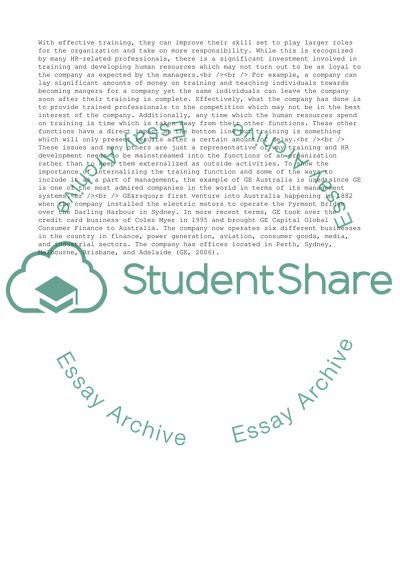Cite this document
(Managing the Training Function or Human Resource Development Case Study, n.d.)
Managing the Training Function or Human Resource Development Case Study. Retrieved from https://studentshare.org/management/1704857-managing-the-training-function-human-resource-development-hrd
Managing the Training Function or Human Resource Development Case Study. Retrieved from https://studentshare.org/management/1704857-managing-the-training-function-human-resource-development-hrd
(Managing the Training Function or Human Resource Development Case Study)
Managing the Training Function or Human Resource Development Case Study. https://studentshare.org/management/1704857-managing-the-training-function-human-resource-development-hrd.
Managing the Training Function or Human Resource Development Case Study. https://studentshare.org/management/1704857-managing-the-training-function-human-resource-development-hrd.
“Managing the Training Function or Human Resource Development Case Study”. https://studentshare.org/management/1704857-managing-the-training-function-human-resource-development-hrd.


